
Asuka-dera Temple
Step back in time at Asuka-dera, Japan's first Buddhist temple, home to the nation's oldest Buddha statue.

Highlights
Must-see attractions

Social
From TikTok & Reddit
Best Time
Fewer crowds, peaceful atmosphere

Asuka-dera Temple
Best Time
Fewer crowds, peaceful atmosphere

Highlights
Must-see attractions
Step back in time at Asuka-dera, Japan's first Buddhist temple, home to the nation's oldest Buddha statue.
"The oldest Buddhist temple in Japan, and the oldest statue at 1400 years old. A bit out of the way, but well worth a visit."

🚶 Walk from the Station
Enjoy a scenic 40-min walk from the nearest station to soak in the rural charm. :athletic_shoe:
📸 Photography Allowed
Unlike many temples, you can capture the beauty of Asuka-dera. :iphone:
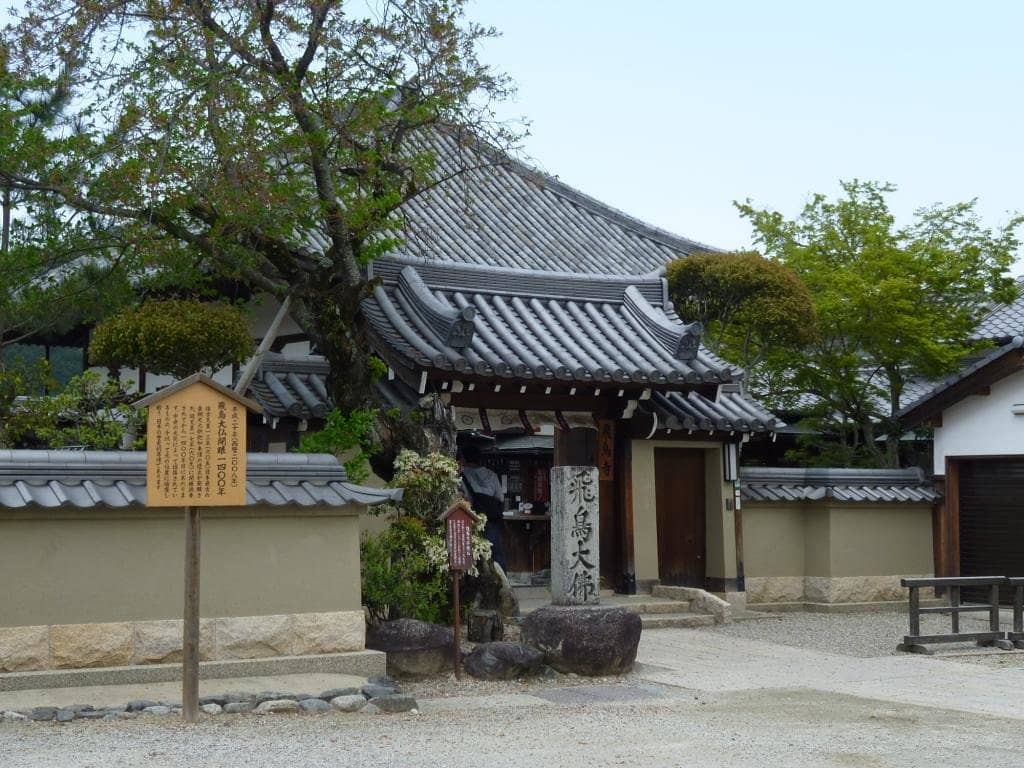
Highlights
Discover the most iconic attractions and experiences
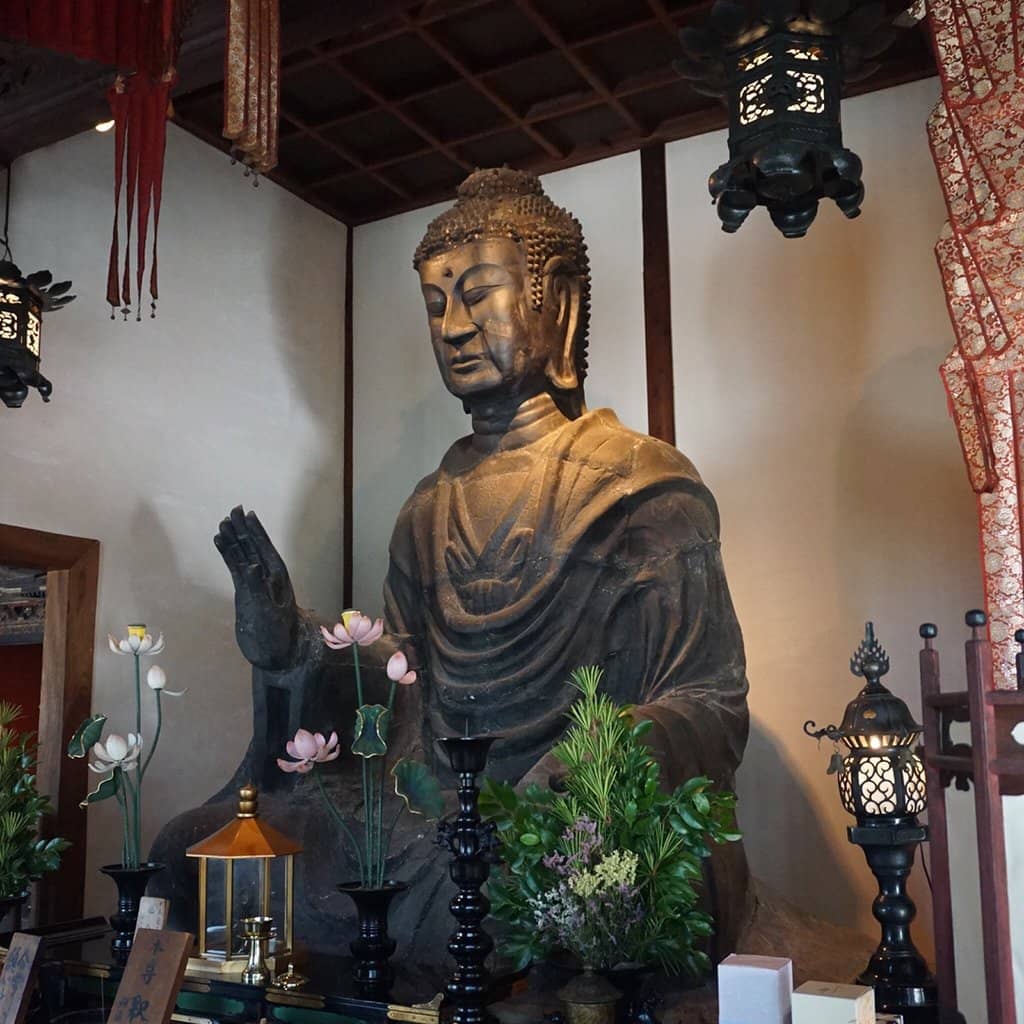
Japan's Oldest Buddha Statue
Main Hall
Marvel at the 1400-year-old bronze Buddha, the oldest in Japan, radiating ancient serenity.
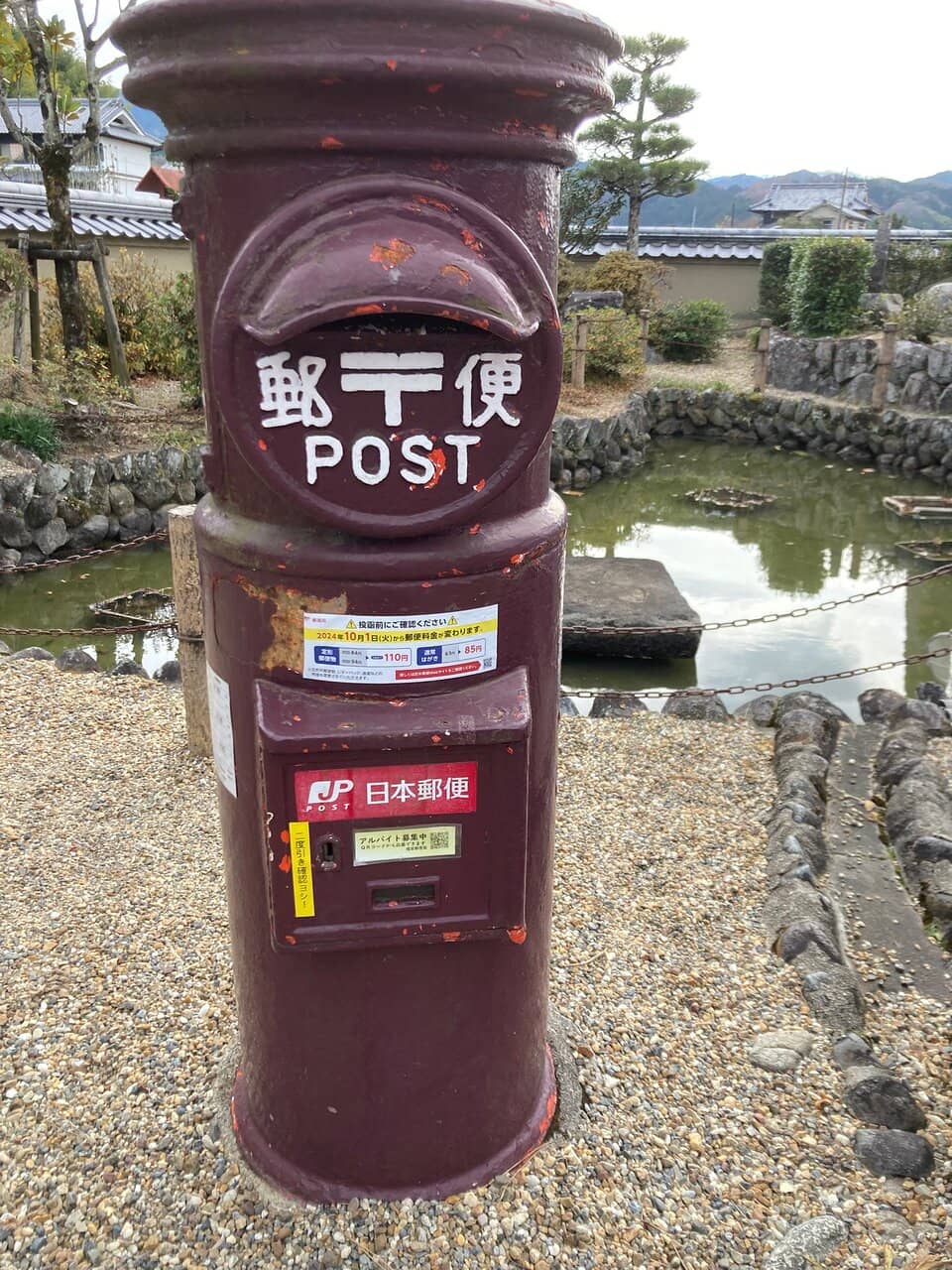
First Buddhist Temple Complex
Temple Grounds
Explore the site of Japan's first fully-fledged Buddhist temple complex, a cornerstone of Japanese history.

Peaceful Rural Scenery
Temple Surroundings
Enjoy stunning views of mountains and rice fields, offering a tranquil escape from city life.
Plans like a pro.
Thinks like you
Planning Your Visit
Embrace the Ancient History
Getting to Asuka-dera
Best Times
Insider Tips
from TikTok, Instagram & Reddit
🚶 Walk from the Station
Enjoy a scenic 40-min walk from the nearest station to soak in the rural charm. :athletic_shoe:
📸 Photography Allowed
Unlike many temples, you can capture the beauty of Asuka-dera. :iphone:
🔔 Ring the Temple Bell
Experience a moment of reflection by respectfully ringing the temple bell. :bell:
Combine with Okadera
Visit Okadera Temple nearby for a fuller historical experience. :world_map:
Tips
from all over the internet
🚶 Walk from the Station
Enjoy a scenic 40-min walk from the nearest station to soak in the rural charm. :athletic_shoe:
📸 Photography Allowed
Unlike many temples, you can capture the beauty of Asuka-dera. :iphone:
🔔 Ring the Temple Bell
Experience a moment of reflection by respectfully ringing the temple bell. :bell:
Combine with Okadera
Visit Okadera Temple nearby for a fuller historical experience. :world_map:
What Travellers Say
Reviews Summary
Visitors consistently praise Asuka-dera Temple for its profound historical significance as Japan's oldest Buddhist temple and home to the nation's oldest Buddha statue. The peaceful rural setting and the allowance of photography are also highlighted as major positives, offering a unique and serene experience. However, its remote location and the subsequent walk from the nearest station can be a deterrent for some.
"A peaceful and historical temple with Japan’s oldest Buddha statue. The calm atmosphere makes it a nice place to visit and reflect."
Poppy
"A must-visit in Japan🇯🇵 if you fancy Han Buddhist History @ East Asia🌞 Asuka-dera (Hōkō-ji) was built as the family temple of the Soga clan between the end of the 6th century and the beginning of the 7th century, and was the first Buddhist temple in Japan to have a fully-fledged temple complex.
Two Great Monks 惠慈(Goguryeo) and 慧聪(Baekje) came Japan to preach Han Buddhism and stayed @ Asuka-dera, highly recommend to visit here and pay respect to Han Buddhism Route📖"
Sophia W
"Great anciant Buddhist temple in Japan!
Gilt bronze statue of Great Buddha, called Asuka Daibutsu is impressive."
monk 119
What People Like
What People Dislike
Frequently Asked Questions
🚇 🗺️ Getting There
Asuka-dera Temple is best reached by train to Asuka Station, followed by a pleasant 40-minute walk through the scenic countryside. While it's a bit of a trek, many visitors find the rural landscape rewarding.
Yes, public transport is available via train to Asuka Station. From there, it's a walk. Some visitors suggest checking bus schedules in advance, especially if you're visiting during peak seasons or off-peak hours, as services can be infrequent.
Many visitors explore the Asuka region on foot or by bicycle, which allows for a more immersive experience of the rural landscapes. Renting a bike can be a great option to cover more ground.
Taxis might be available but are not as common as in larger cities. It's advisable to pre-book a taxi or rely on walking and cycling for flexibility.
Driving is an option, and there is likely parking available. However, the charm of Asuka lies in its rural setting, and many prefer to experience it at a slower pace.
🎫 🎫 Tickets & Entry
Asuka-dera Temple typically opens in the morning and closes in the late afternoon. It's always a good idea to check the official website or local listings for the most up-to-date hours before your visit.
There is usually a modest entrance fee to access the main hall and grounds of Asuka-dera Temple. This fee contributes to the preservation of this historic site.
Unlike many other temples in Japan, photography is generally permitted inside Asuka-dera Temple, allowing you to capture its ancient beauty.
Advance booking is typically not required for Asuka-dera Temple, as it's not usually subject to the same high-volume tourism as major city attractions.
To experience the temple's peaceful atmosphere, visiting on a weekday morning is recommended. Avoid national holidays and weekends if possible.
🎫 🏛️ Onsite Experience
The primary draw is the magnificent bronze Buddha statue housed in the main hall, which is the oldest in Japan, dating back approximately 1400 years.
Beyond the Buddha statue, you can explore the temple grounds, which represent Japan's first fully-fledged Buddhist temple complex. There's also a small museum and beautiful surrounding gardens.
While there isn't a strict dress code, it's respectful to dress modestly when visiting religious sites. Avoid overly revealing clothing.
Yes, visitors often have the opportunity to ring the temple bell, which can be a unique and reflective experience. Please do so with respect.
Asuka-dera is historically significant as the first Buddhist temple in Japan, built by the Soga clan. It played a pivotal role in the introduction and spread of Buddhism in the country.
🍽️ 🍽️ Food & Dining
Dining options directly at the temple are limited. You'll find more choices in the nearby towns or villages, or you can pack a picnic to enjoy amidst the scenic surroundings.
The Asuka region offers traditional Japanese cuisine. Look for local specialties and enjoy the fresh, regional ingredients.
While not always explicitly advertised, many Japanese restaurants can accommodate vegetarian or vegan requests if you communicate your needs clearly.
You might find small local shops, but it's advisable to bring snacks and water with you, especially if you plan to walk or cycle extensively.
Picnicking in designated areas or enjoying your food in the scenic surroundings is generally acceptable, but always be mindful of keeping the area clean.
📸 📸 Photography
Yes, unlike many other Japanese temples, photography is permitted at Asuka-dera, allowing you to capture its historical and spiritual essence.
The main hall with the ancient Buddha statue is a must-capture. Also, the surrounding gardens and the views of the rural landscape offer beautiful photographic opportunities.
While generally allowed, always be respectful of other visitors and avoid intrusive photography, especially during prayer times.
A standard camera or smartphone is sufficient. A wide-angle lens can be useful for capturing the scale of the temple grounds and surrounding scenery.
Drone usage is typically restricted at religious sites and historical locations to ensure safety and preserve the atmosphere. It's best to assume drones are not permitted.
For Different Travelers
Tailored advice for your travel style
👨👩👧 Families with Kids
Consider making the journey part of the fun by renting bicycles if your children are old enough, or by turning the walk into a scavenger hunt for interesting sights. While there aren't specific playgrounds, the peaceful rural setting provides a calm environment. Packing snacks and drinks is advisable, as dining options are limited nearby.
🚶 Solo Travelers & History Buffs
Take your time to absorb the historical significance of the site. The ability to take photos freely allows you to document your experience thoroughly. Consider combining your visit with other historical sites in the Asuka region to create a comprehensive journey into Japan's ancient past.
🧘♀️ Spiritual Seekers
Visitors can participate in respectful rituals, such as ringing the temple bell, to connect with the spiritual heritage of the site. The journey to the temple through the tranquil countryside can also be a meditative experience, preparing you for the sacred atmosphere within.
Deep Dives
In-depth insights and expert knowledge
The Historical Significance of Asuka-dera
The temple complex itself was designed with a full-fledged layout, setting a precedent for future temple constructions in Japan. It served as a center for Buddhist learning and practice, attracting prominent monks and scholars. The presence of the oldest bronze Buddha statue in Japan, dating back approximately 1400 years, is a testament to the temple's antiquity and its role as a guardian of early Buddhist art and iconography. Visiting Asuka-dera is akin to stepping back into the very origins of Buddhism in Japan.
Today, Asuka-dera continues to be a significant pilgrimage site, drawing visitors interested in Han Buddhist history and the early development of Japanese culture. The serene atmosphere, combined with the tangible connection to such a distant past, offers a unique and profound travel experience. It's a place where history is not just read about but felt.
Experiencing the Asuka Region
Many visitors choose to explore the Asuka region by bicycle or on foot, which is highly recommended. This slower pace allows you to appreciate the scenic beauty and discover hidden historical sites scattered throughout the countryside. The journey from Asuka Station to Asuka-dera Temple itself is a pleasant walk, offering picturesque views and a sense of anticipation.
Beyond Asuka-dera, the region is dotted with other historical remnants, including ancient burial mounds (kofun) and other temples. The Masuda-no-iwafune, a massive carved rock, is another intriguing site that hints at the ancient engineering and beliefs of the era. Exploring this area provides a comprehensive understanding of Japan's formative years, making it a rewarding destination for history buffs and those seeking a peaceful escape.
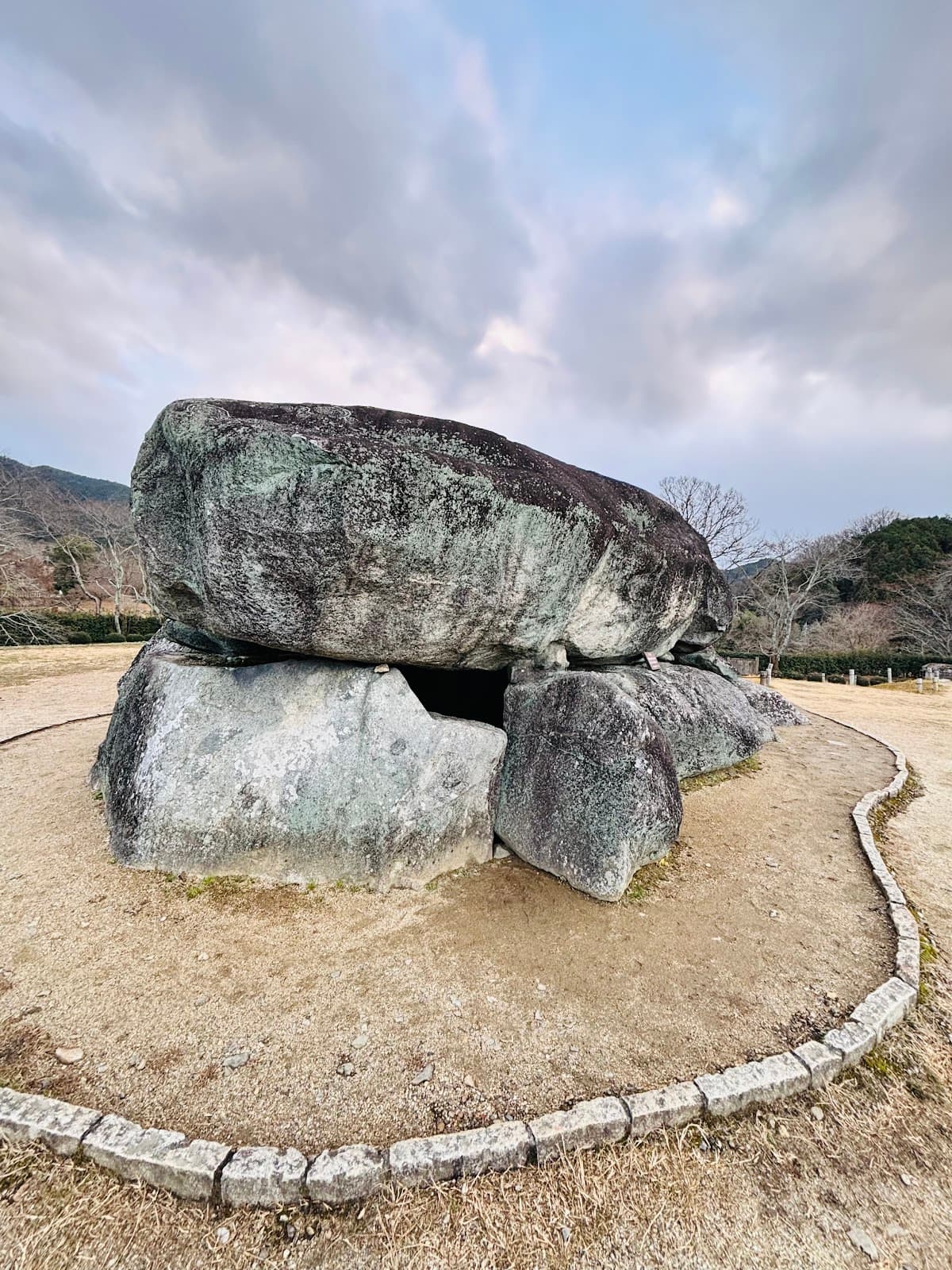
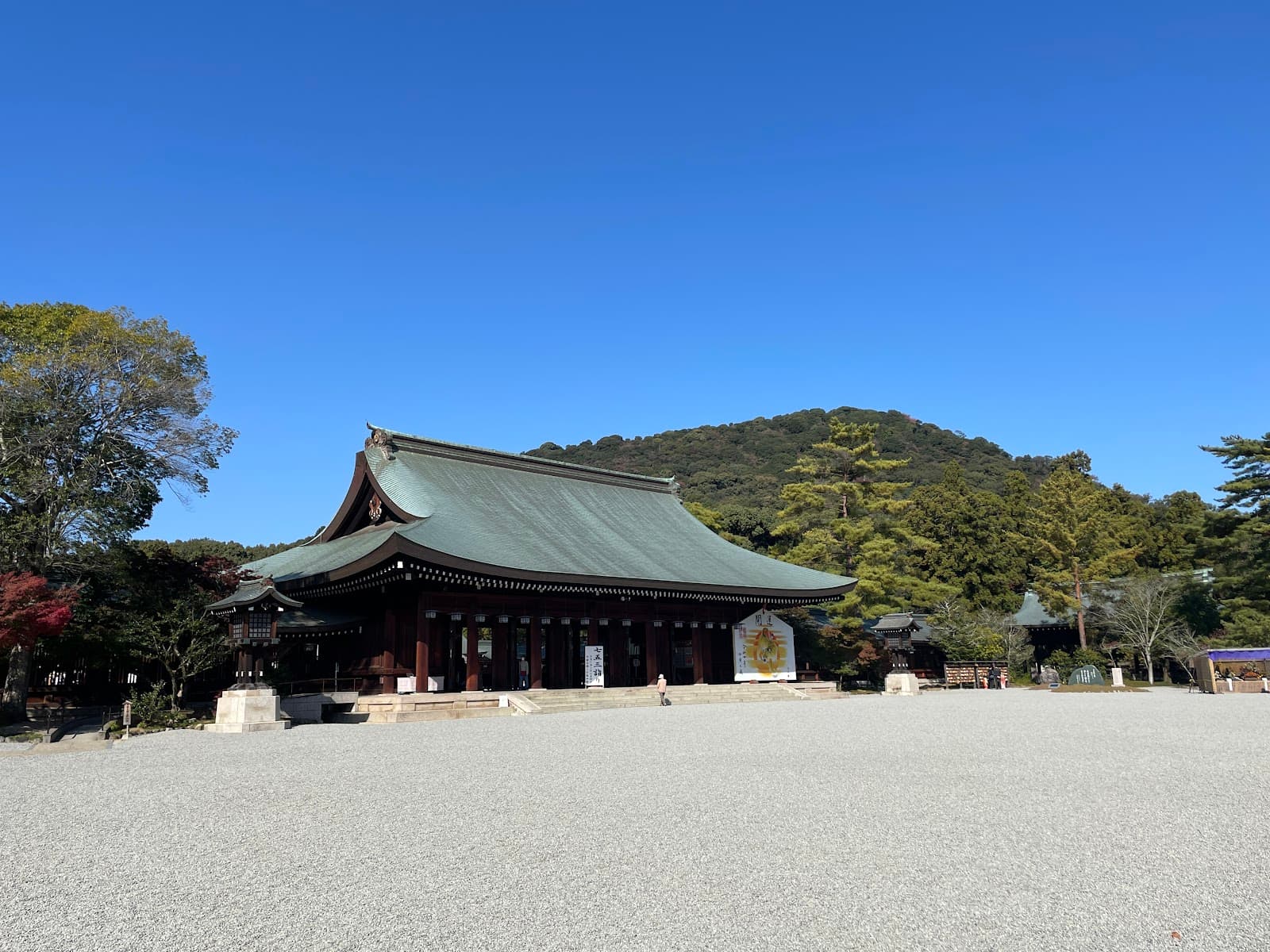
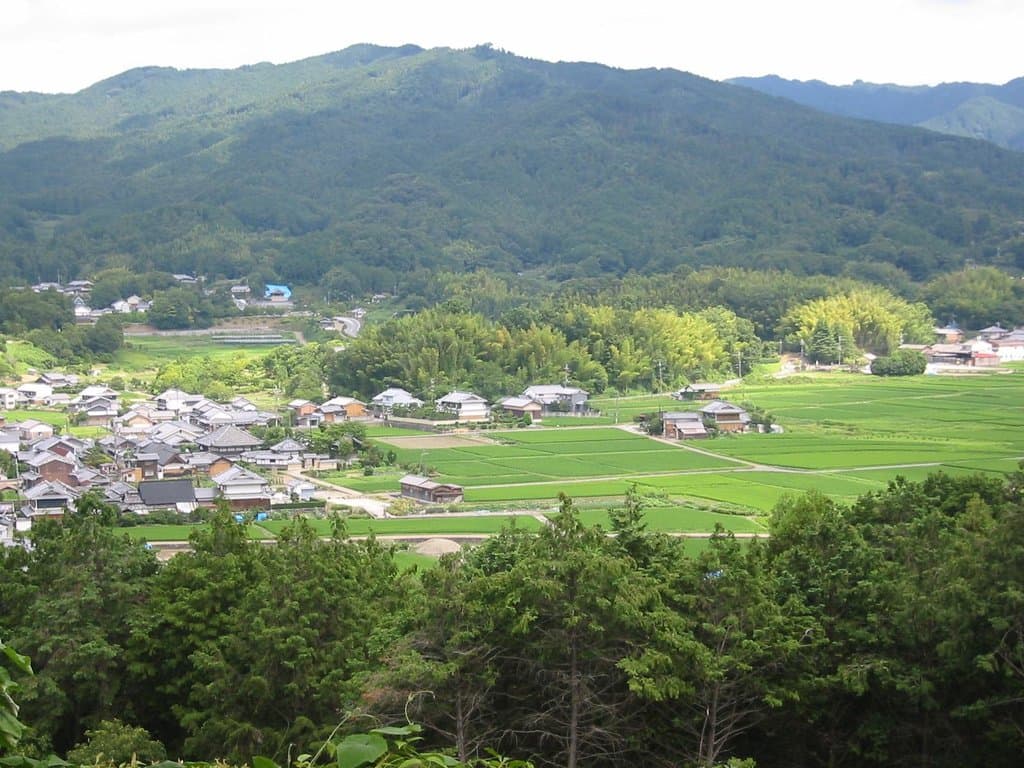


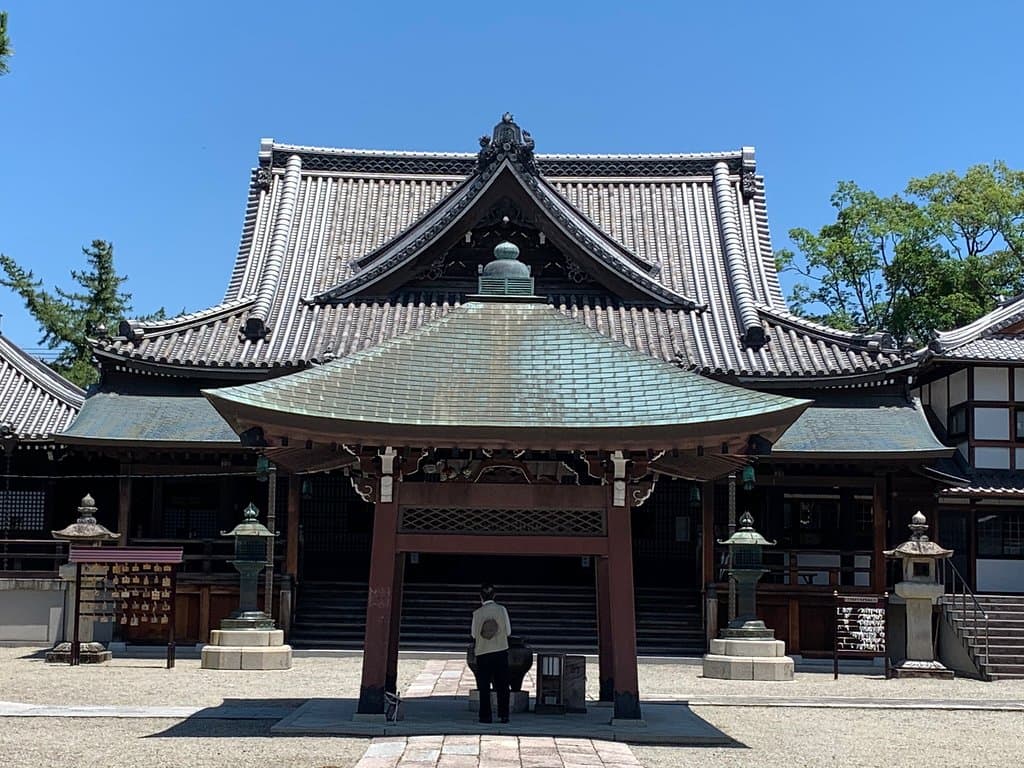
Social
from TikTok, Instagram & Reddit